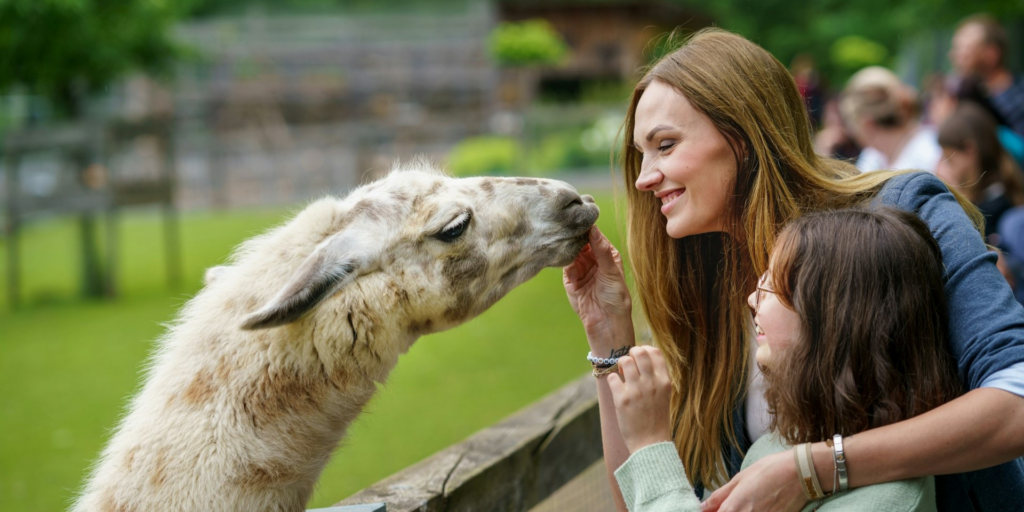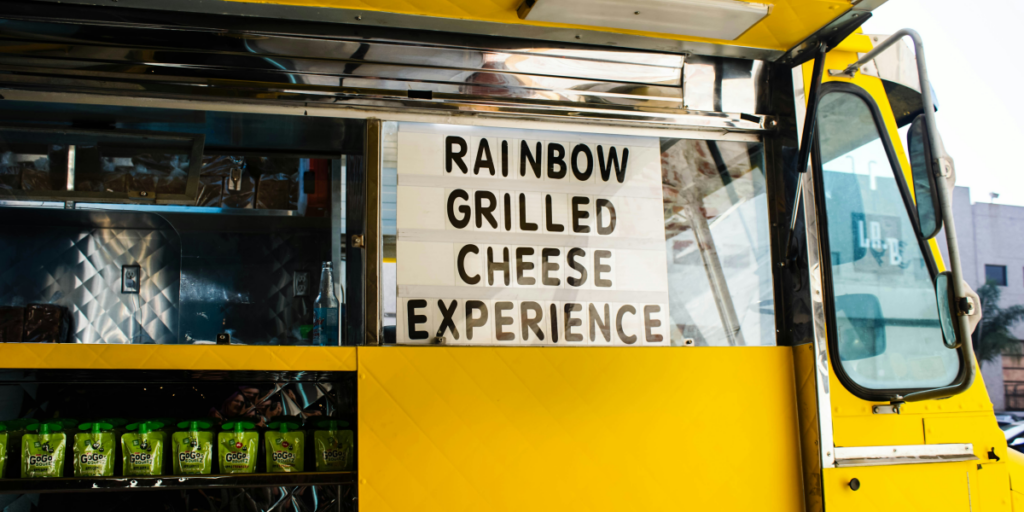Jumpers, also known as sweaters or pullovers, have maintained a cherished place in wardrobes worldwide for generations. Their timeless appeal comes from their unique blend of versatility, practicality, and style, which adapts effortlessly to changing seasons and fashion trends. By delving into their history, signature styles, and enduring relevance, we can understand why jumpers remain a favorite garment for millions.
A Journey Through the History of Jumpers
The origins of jumpers trace back to the early 19th century when they were primarily crafted from wool and worn by fishermen and sailors to protect against cold and harsh weather. The term “jumper” itself is thought to derive from the word “jump,” referring to a loose outer garment worn as protection. While initially designed for their practicality, jumpers gradually transitioned from utilitarian wear to fashionable wardrobe staples.
The 20th century saw jumpers become a central figure in mainstream fashion. In the 1920s, sweater vests were popular among golfers and tennis players, showcasing their functional yet stylish appeal. The 1950s brought jumpers into everyday casual wear, with cultural icons like Marilyn Monroe and James Dean popularizing their sleek silhouettes. By the 1980s and 1990s, oversized sweaters, fitted pullovers, and vibrant designs captured the fashion scene, making jumpers a canvas for individual expression.
Versatility Across All Seasons
A significant factor behind the enduring popularity of jumpers is their adaptability across different seasons. Lightweight jumpers crafted from cotton, linen, or bamboo blends offer breathability and comfort during warm months. Materials like wool, cashmere, and synthetic fleece provide essential insulation and warmth in colder climates. This versatility allows jumpers to transition seamlessly across seasons, making them a staple for year-round wear.
Moreover, jumpers can easily be styled for various occasions. For a polished, professional look, a simple solid-colored jumper pairs effortlessly with tailored trousers and a collared shirt. Alternatively, pair a cozy pullover with jeans and sneakers for a relaxed, casual ensemble. This remarkable versatility ensures jumpers remain relevant, catering to every occasion and taste.
Comfort and Practicality
The enduring appeal of jumpers also lies in their unparalleled comfort and practicality. Traditionally used for jumpers, wool is a natural insulator that traps heat and provides warmth during cold weather. Its moisture-wicking properties also ensure the wearer stays dry, enhancing comfort. This practicality made jumpers a reliable choice for laborers and seafarers throughout history.
Today, jumpers are appreciated for being low-maintenance and easy to care for. Many modern jumpers are machine-washable, making them convenient for busy lifestyles. The combination of comfort, warmth, and low maintenance makes jumpers popular for people of all ages.
Iconic and Trendy Styles
Jumpers come in various timeless styles that have proven their staying power. The crew neck, V-neck, and turtleneck designs flatter different body types and work for various occasions. The simplicity and elegance of these classic cuts make them enduring wardrobe staples.
Modern fashion trends have breathed new life into the jumper, with contemporary twists on traditional designs. Oversized sweaters offer a relaxed, fashion-forward silhouette, while cropped jumpers add a playful edge to any outfit. Asymmetrical designs and bold patterns cater to diverse tastes, ensuring jumpers remain at the forefront of fashion. The shift towards sustainable and eco-friendly fashion has expanded its appeal, with brands creating jumpers from organic cotton, recycled fibers, and ethically sourced wool.
Cultural and Pop Culture Significance
Jumpers have secured their place in popular culture through memorable film, television, and music appearances. Iconic moments such as Bill Cosby’s patterned sweaters on “The Cosby Show” and Mr. Rogers’ collection of cozy cardigans have made jumpers symbols of nostalgia and comfort. Celebrities have also played a key role in popularizing jumpers. Audrey Hepburn’s chic turtlenecks, David Beckham’s casual pullovers, and Taylor Swift’s stylish ensembles showcase this garment’s versatility and enduring charm.
The influence of jumpers extends beyond fashion; they embody cultural memory and personal identity. Worn during holidays, celebrations, and casual days, jumpers evoke cherished memories and moments of warmth.
Self-Expression and Craftsmanship
Beyond their practicality and comfort, jumpers serve as a medium for self-expression. Wearers can showcase their personality and sense of style in many colors, textures, and patterns. Customization options, such as embroidery, embellishments, and unique designs, enhance their appeal.
The resurgence of interest in artisanal and handmade clothing has spotlighted the craftsmanship of hand-knitted jumpers. These unique pieces are valued for their quality, intricate detailing, and individuality, reflecting a commitment to tradition and artistry. The appreciation for handmade jumpers adds depth and character to modern fashion trends.
The Lasting Popularity of Jumpers
The timeless allure of jumpers lies in their ability to adapt, provide comfort, and evolve alongside fashion. From their humble beginnings as protective garments to their current status as fashion icons, jumpers have remained a beloved staple for generations. They effortlessly blend practicality with elegance, making them a reliable choice for any wardrobe.
Whether cherished for their warmth during cold winters, used to make bold fashion statements, or appreciated for their connection to cultural memories, jumpers hold a special place in fashion. As trends come and go, the enduring appeal of jumpers ensures they remain a cherished garment, loved and worn by people across the globe.
Published by: Nelly Chavez













